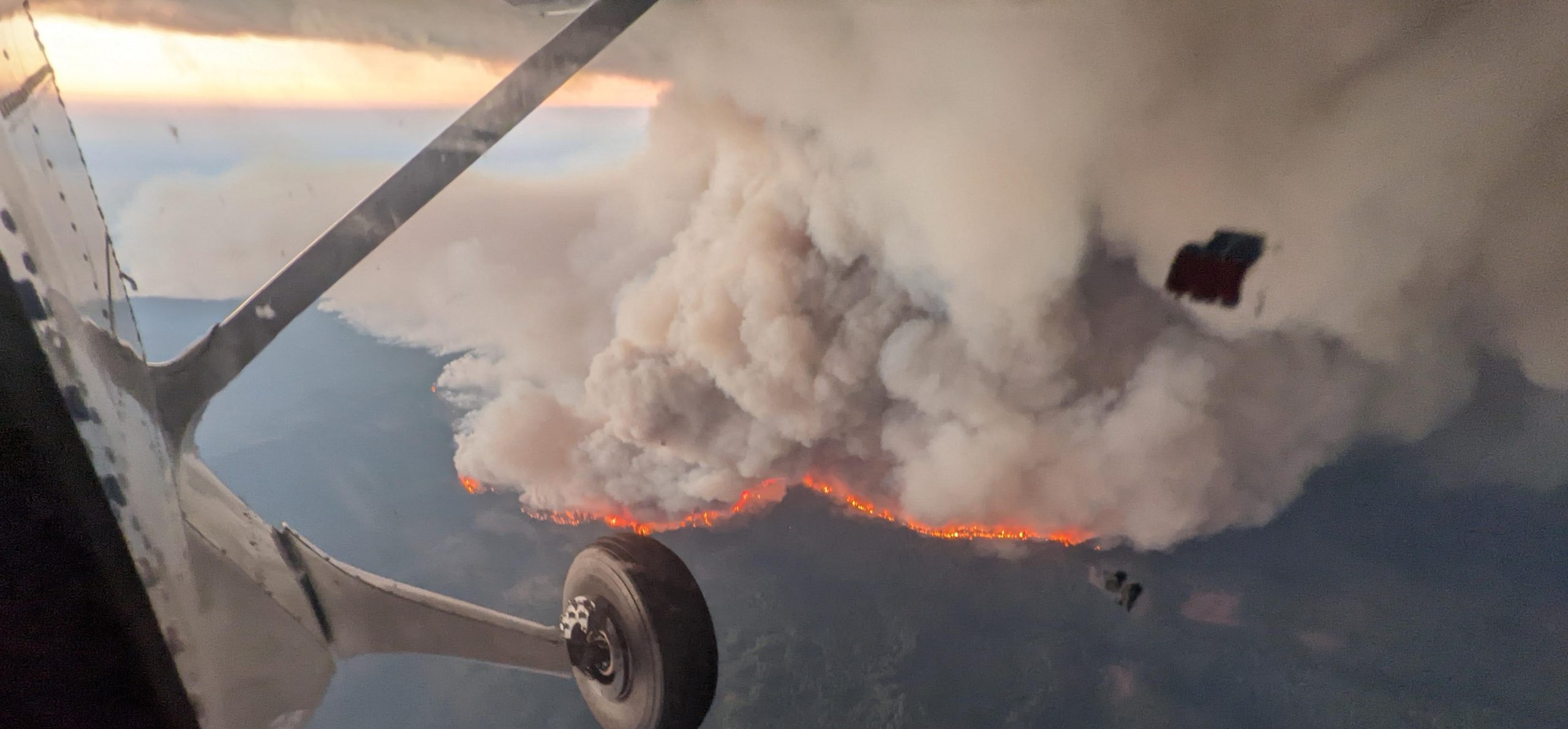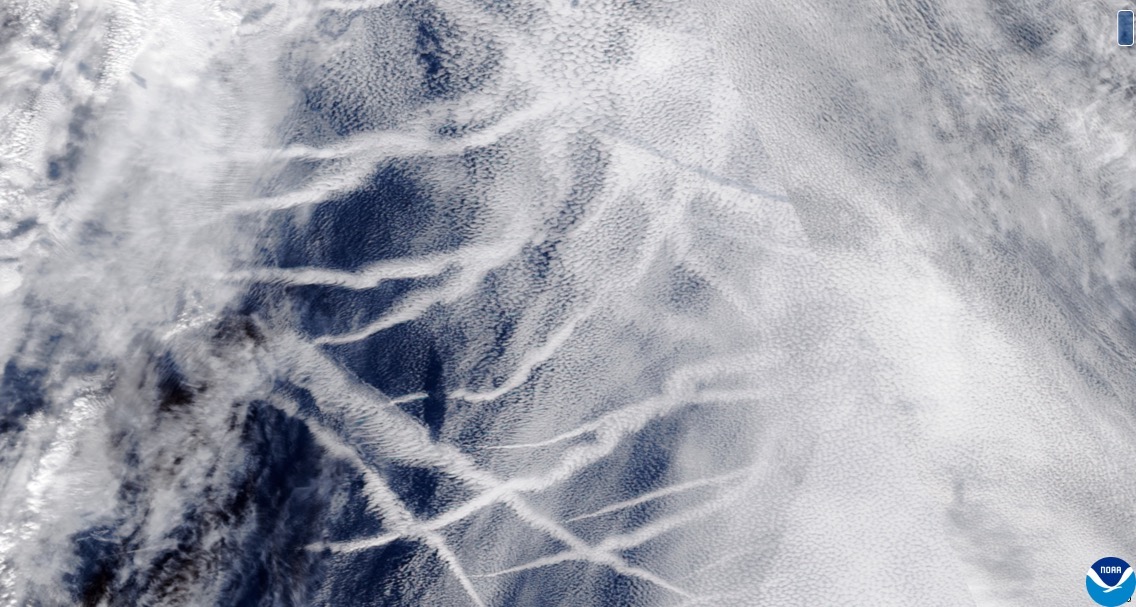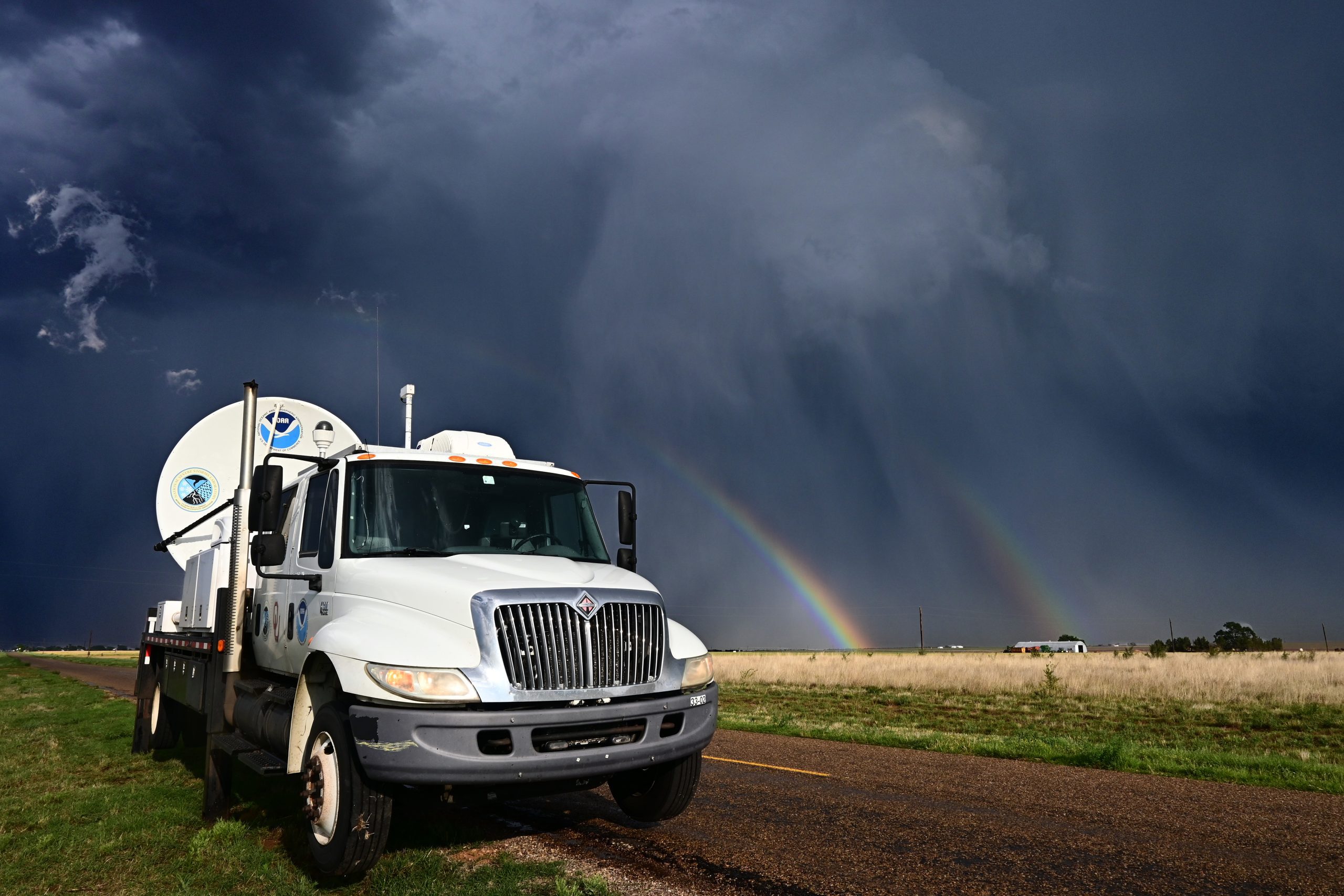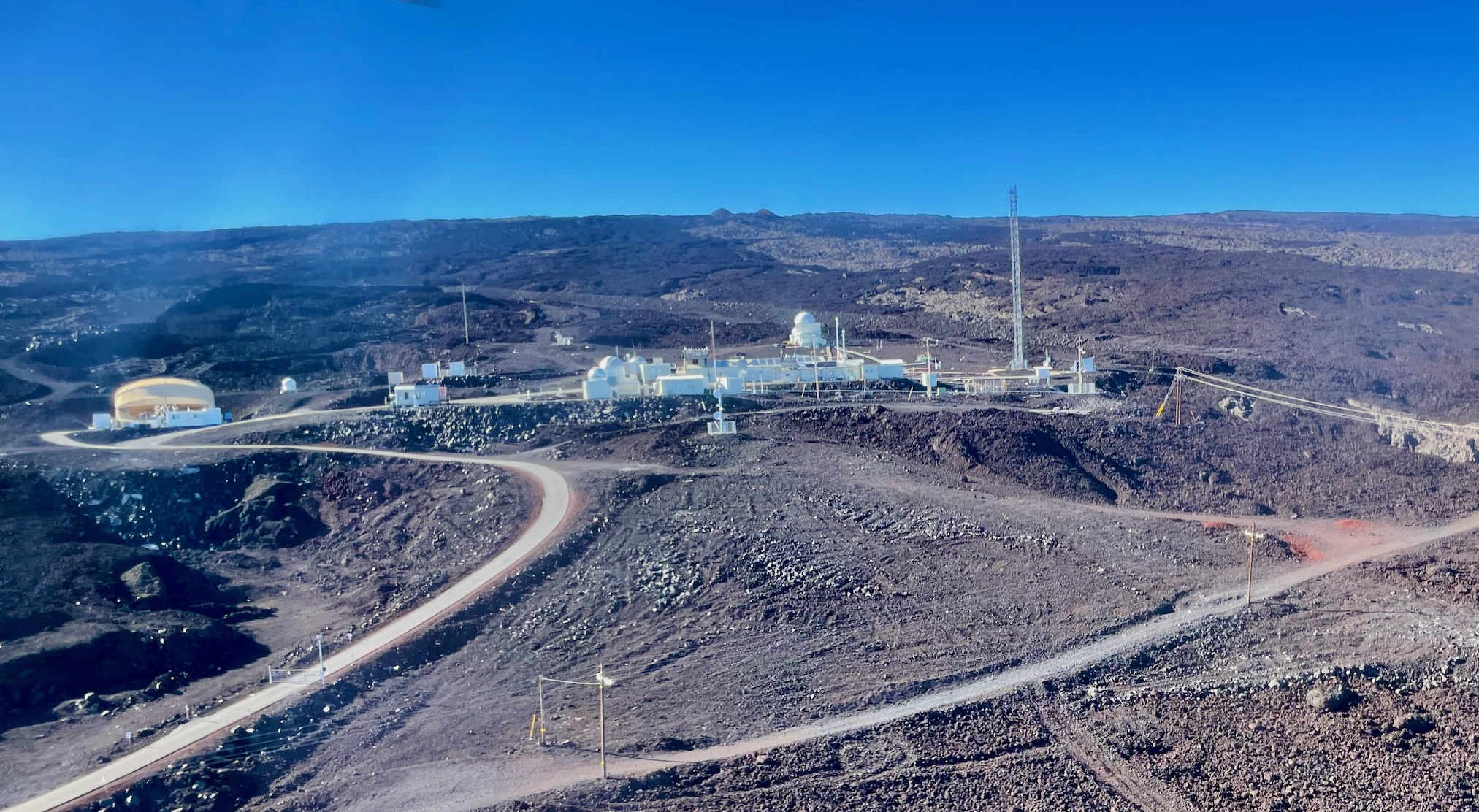The amount of air pollutants in the atmospheric plume generated by the Deepwater Horizon oil spill was similar to a large city according to a new NOAA-led study published today in a special issue of Proceedings of the National Academy of Sciences.
Scroll to Top
Popup Call to Action
A prompt with more information on your call to action.



